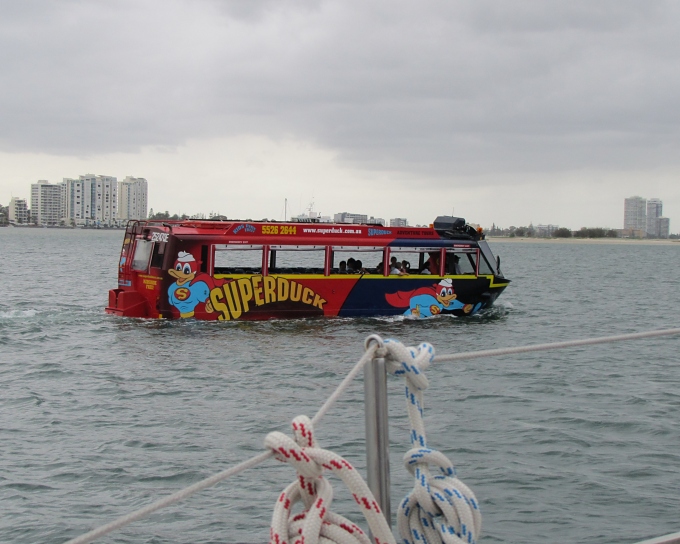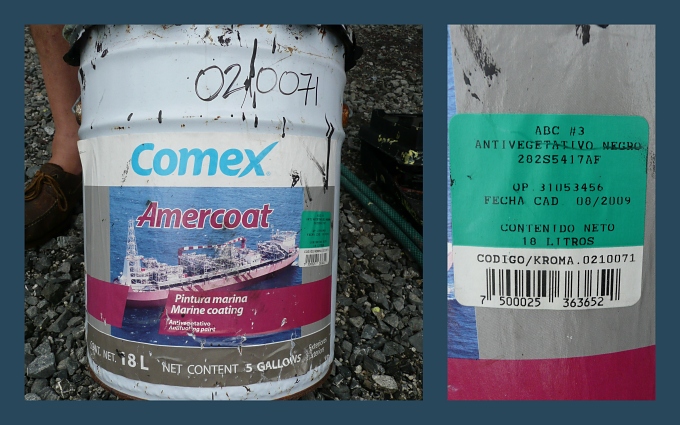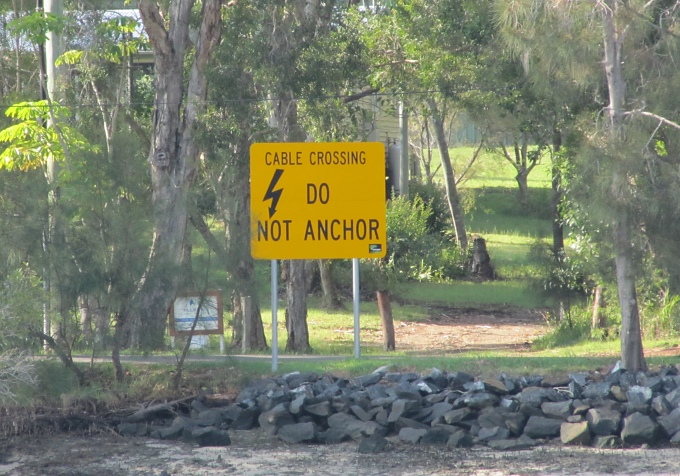Uses for Your Digital Camera other than Souvenir Photos
/This post is a modification of an article that appeared in Ocean Navigator earlier this year. Hope you'll enjoy. Any questions? Feel free to comment or email us.
When I first bought a digital camera more than a decade ago, the photo results were mediocre at best (as was the photographer) and the camera's use was limited to taking quick pictures of scenic views and people we met along the way. I still relied on my old Pentax 35mm for “good” photos.
It's no secret that digital cameras have come a long way since then. The photos are high quality. The optical zoom capabilities are outstanding without lugging around extra lenses. Image stabilization eliminates tremors when using the high magnification, so you don't always need to rely on a tripod. There's no film to carry around. You can take a hundred shots or a thousand and it doesn't cost anything for film processing. The results are immediate and can be stored easily. Most importantly, we've found that digital cameras have many more uses than just taking photos to show our friends.
While offshore, we've used our digital camera on many occasions to confirm the name on a ship's transom or its country flag when we couldn't quite decipher it using the binoculars because of the motion of the boat. Optical zoom coupled with image stabilization makes getting a clear shot easy even for us non-professional photographers. There have been times when something floating in the distance is definitely something to be avoided. Identifying exactly what it is becomes not only important to us, but also provides us with the necessary information to alert the local Coast Guard and other cruisers in the area of a floating obstacle. In one case, a huge plastic oil tank about half the size of the boat was just bobbing in the water.
Sometimes you need a photo for a better view simply because you don't believe what you're actually seeing!
Forget which bottom paint you used last time? Take a photo of the can and date it, so you'll know the brand and type you used previously. Some countries (like Australia) want proof that you've anti-fouled within the last six months. If you did it yourself, you don't have a boatyard receipt for the labor, but you can produce a dated picture of the paint, receipt and the boat bottom which usually suffices.
Closer to shore, we frequently take pictures of markers to confirm that we are where we think we are and to get a better look at the coastline. Coastal navigation is certainly made easier and safer by identifying landmarks with certainty. There are times, especially in the South Pacific, when the GPS and chartplotter tell us one thing, but our eyes and the digital camera tell us another. There's never a doubt about which to trust. Low-lying reefs are easy to miss with your naked eye, but the camera provides a close-up view without being so close and facilitates locating easy to miss entry passes and breaks in the reef line. There are also signs ashore meant for sailors, but many times too far away to see until it's too late.
Have you ever seen a screw just lying on the deck and wondered where it came from? It's easy enough to check the stanchions, mast pulpit and things at deck level on our daily walk around. But when you can't figure out where it came from on deck, the next logical choice is up. The digital camera has saved many a trip up the mast when we confirmed all screws and bolts were in place and just kept looking on deck and eventually found the location for the missing screw. Alternatively, we once identified, in mid-transit across the Atlantic, that an errant screw had come from the spreader and we made haste to make it right. We've used the camera to help identify a broken sail slide on the mast track. It's also an easy way to check, in close detail, the condition of the sails when they're hoisted.
Probably the biggest time saver we've found for re-assembling whatever we've taken apart is to have a digital photo on hand. When we unstepped and refitted our mast a couple of years ago, we photographed every piece of hardware on the mast, boom and spreaders in place before taking it apart. Each location was numbered and the associated hardware was tagged and put into ziploc bags so it could be easily identified and located. Whether it be a winch, electrical wire routing, the mast or the engine, we take photos in advance of anything to be disassembled in order to confirm the correct replacement of parts and their orientation. This has saved many a headache and hastens the re-assembly process considerably.
We also take photos of all of our personal and boat paperwork. Current U.S. Coast Guard documentation is necessary for proof of ownership and to check into foreign countries. Certificates of insurance are many times required for marinas. When saved as jpeg's, these documents are easy to print and photographing them avoids the necessity of having a scanner aboard. We photograph passports, licenses, social security cards and any other critical vital records to have them on hand without having originals aboard. Since we're rarely in the US when documentation papers arrive, my sister photographs the document and sends it and any other important mail she receives via email. This always suffices until it's convenient to mail originals to us although in all honesty, we're finding it less and less important to have anything original aboard.
What about when we're ashore? I always take the camera for blog and website photo purposes, of course. Many times, however, I take photos of park trails, particular ads with addresses or phone numbers I find of interest and of course, bus and train scheds. I don't remember ever returning to the boat without having at least something of interest on my camera.
Sure, there are image stabilized binoculars now, but the starting price for the low end models is about the same price as a good digital camera. Binoculars don't take photos and the amount of magnification offered is significantly less than the newest digital cameras. We prefer to have a camera that has multiple uses.
My current camera is a Canon SX50HS with 50X optical zoom and 12.1 megapixel resolution. It costs under US$400. It has an automatic point and shoot mode as well as several other options for more customized photography. We highly recommend the Canon, although we're sure there are several other options out there that are comparable. Optical zoom and image stabilization are two main factors to consider when making a purchasing decision for an on-board camera for the uses that we've discussed. We now consider our digital camera part of our essential boat gear.








